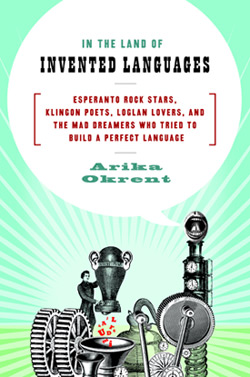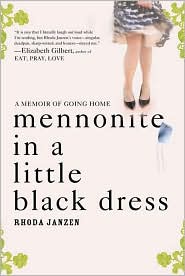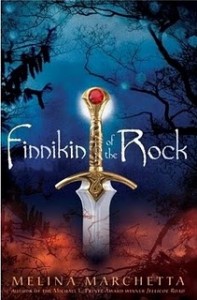Language is a fickle creature. Far from being perfect, any form of it has flaws galore: irregular verbs, exceptions to grammatical rules, words that mean more than one thing, contradictions and redundancies. As Arika Okrent, a linguist, writes in her book In the Land of Invented Languages, despite the difficulties involved in speaking and learning new languages, “most of us are content to live with these problems. But over the centuries a bold idea has bloomed again and again in the minds of those who think these problems can be solved: Why not build a better language?” And there have been plenty of attempts over the years: in the past 900 years, at least 900 invented languages have been documented.
Okrent covers quite a bit of territory and gives readers a largely entertaining and certainly educational tour of these usually ill-fated attempts. She also makes clear the distinction between these invented languages and organic languages that have evolved naturally over the course of time and through use by members of societies. Languages are living entities, which are never static. Okrent even points out near the end of the book how even Esperanto, a language created in the late 19th century, has changed over time with use by some devoted adherents.
The inventors of these “test-tube” tongues have often been rather eccentric. Their motivations have usually been to correct the flaws inherent in natural languages and to unite the different cultures of the world under the banner of a common tongue. Usually, they have failed miserably. No invented languages have caught on with a majority of the world’s population or come even close to being the lingua franca of business or diplomacy. Those that have come into spoken use at all, such as Esperanto or Klingon (yes, the language created for the Star Trek universe), are still limited to small groups of devoted users. One language based on picture-based simple symbols, Blissymbolics, has been put to very successful use by some rehab centers for the disabled who cannot speak or communicate effectively otherwise. But the creator of the language, Charles Bliss, had grander plans for his symbols and was alternately pleased that someone was getting some good from his creation and at other times frustrated by changes made to his “baby.”
Okrent has created a book that can be understood by almost anyone, not other experts in the field. She uses technical terms and concepts sparingly and then explains them clearly, using them to demonstrate some of the concepts she touches on. She gives overviews of the basics of the languages and then provides entertaining background information on the people who created them. She illustrates how some have caught on with tiny minorities of the population and how those people have created their own unique cultures as they have learned and used their adopted languages. Esperanto, for example, has been in existence for enough time for some people to have raised their children speaking it as a native language. Those who love Esperanto gather together with like-minded speakers and have colorful and festive annual “congresses.” Klingon speakers gather yearly and speak the complex language within their very small peer group, some wearing Star Trek costumes and others not.
In the Land of Invented Languages is a fascinating look at a part of history and culture that few are aware even exists. It examines the crucial role that any language plays in societies and how it is then shaped by those societies. It is often humorous, a little tongue-in-cheek, certainly educational, and always thought-provoking.
Rated: Moderate, for two uses of strong language, a handful of uses of mild language, and repeated use of a moderate word in one chapter for humorous illustration of a point.




